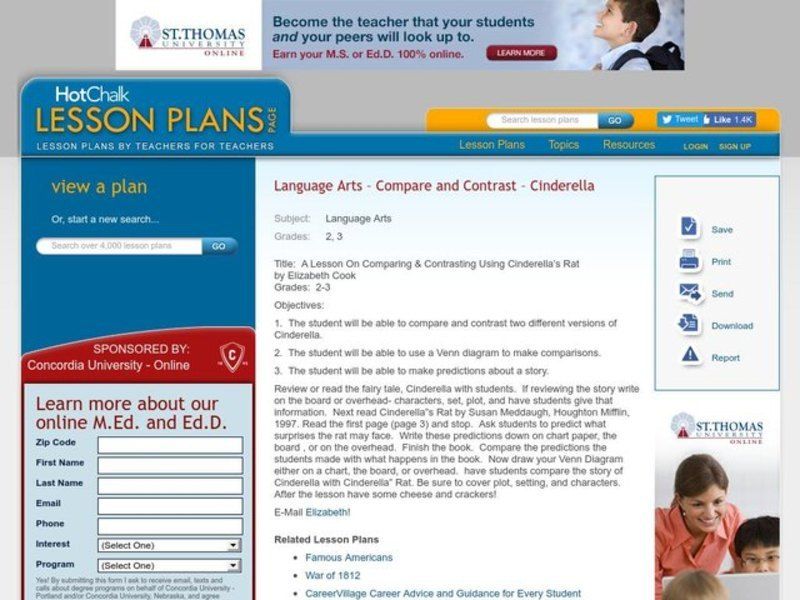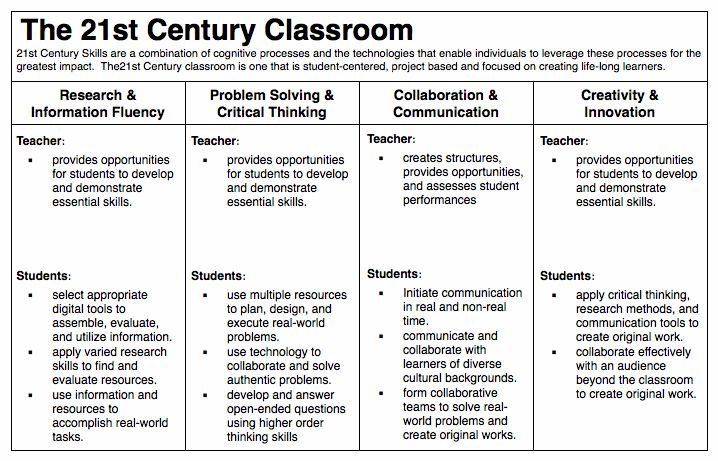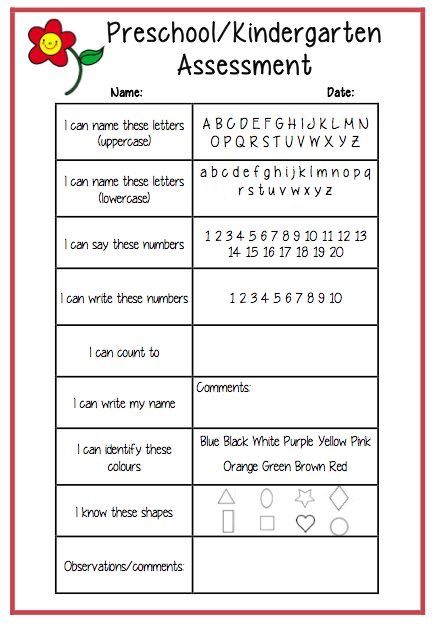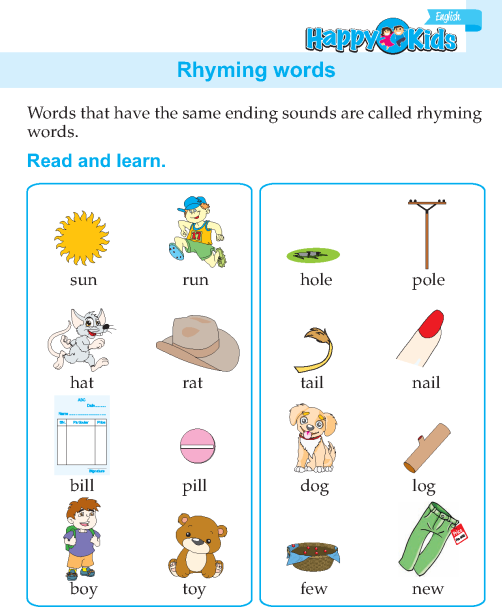Use the learning program
Down Syndrome Resources – Down Syndrome Foundation of Orange County
1. Determine Best Learning Environment for Your Child
When you begin this program, determine whether your child requires a structured learning area (for example, the kitchen table or desk) or whether your child needs more flexibility (such as a portable TV tray or lap tray). Some children may need to work in one or two areas that they associate with learning, particularly in the beginning of the program. Others may not sit still and may do better if you begin working with them wherever they happen to be playing. Your ultimate goal is to have your child learn in a structured learning area, because that is what is expected in school. If you are having trouble getting started, you might want to try using program materials after a meal or snack, while your child is still seated. Alternatively, you could offer a snack and then bring out the materials while your child is “held captive” by the snack. Your first priority is to get your child working.
Try different settings and figure out what works best for your child.
2. Be Flexible and Creative
Whatever the setting for your learning session, be creative. Don’t always bring out materials in the same order or do the same tasks. Some of the best learning occurs when children are unaware they are learning (spontaneous teachable moments). You might offer to play school with your child using program materials and let your child be the teacher. You can also involve some of your child’s favorite stuffed animals or action figures in the session. Have your child read to a “friend” or have the “friend” read. Siblings also make for great props: some children love “showing off” for a sibling, and siblings benefit from being involved in the learning process. Flexibility and creativity will enhance your child’s learning time. So, use your imagination and have fun.
3. Know When to Stop
There will be times when your child is not receptive to learning (i.e., tired, sick, hungry).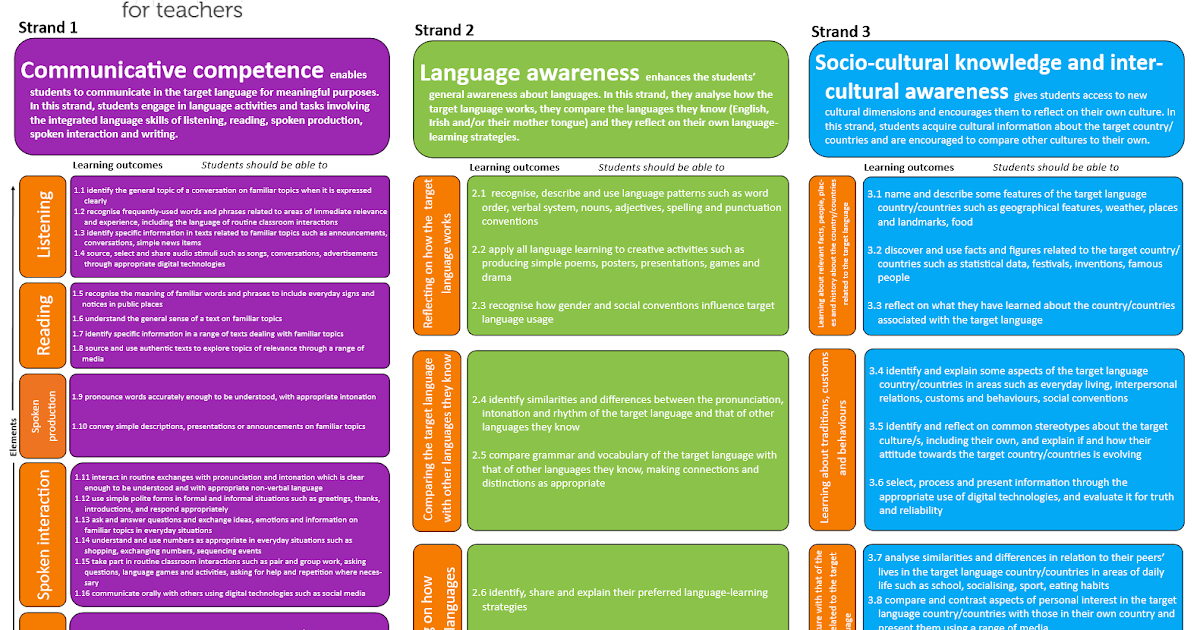 If you meet real resistance before you start, skip that time and find time later in the day or the next day. Alternatively, there will be days when your child will work for a while and become disinterested. If this happens remain in control. Try once or twice to engage him, saying “Let’s do one more page” or “We will be done after this one problem.” But if your child won’t engage, announce “Okay, I’m done for the day. You may go play.” Whatever your approach, use your child’s behavior as a guide and remain in control of when the session ends. You don’t want to become involved in a power struggle over working on program materials . . . because you will always lose!
If you meet real resistance before you start, skip that time and find time later in the day or the next day. Alternatively, there will be days when your child will work for a while and become disinterested. If this happens remain in control. Try once or twice to engage him, saying “Let’s do one more page” or “We will be done after this one problem.” But if your child won’t engage, announce “Okay, I’m done for the day. You may go play.” Whatever your approach, use your child’s behavior as a guide and remain in control of when the session ends. You don’t want to become involved in a power struggle over working on program materials . . . because you will always lose!
4. It Works if You Work It
This program is intended to supplement your child’s formal education by providing you with direct instruction on use of program materials and by providing targeted materials designed to maximize your child’s ability to learn. But this program will not work unless you work with your child.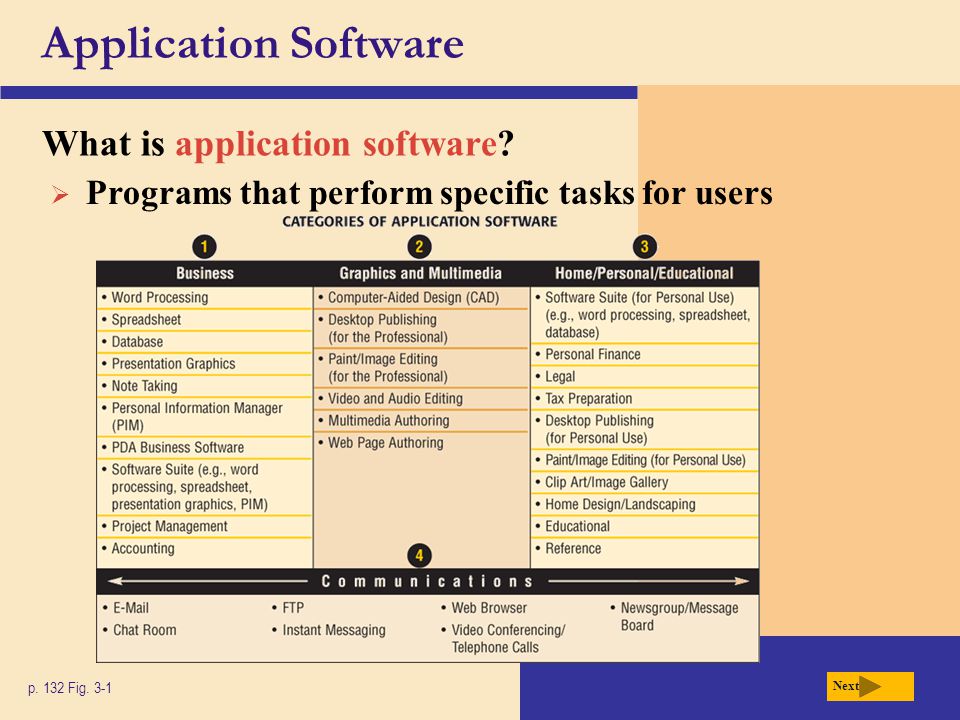 Whether you target twice a week or five times a week, you are a busy parent with responsibilities that will interfere with program time on occasion. But, materials put in the corner each month and brought out only on rare occasions will not have much impact on your child. So, without letting guilt get in the way, put materials where you will “trip” over them. Integrate program time into your lifestyle (calendar program time, parking lot time while waiting for siblings or do program while siblings do homework). Whatever your method, find a way to integrate program time into your day, make good use of the materials, and have some structured fun with your child. Work it . . . and it will work.
Whether you target twice a week or five times a week, you are a busy parent with responsibilities that will interfere with program time on occasion. But, materials put in the corner each month and brought out only on rare occasions will not have much impact on your child. So, without letting guilt get in the way, put materials where you will “trip” over them. Integrate program time into your lifestyle (calendar program time, parking lot time while waiting for siblings or do program while siblings do homework). Whatever your method, find a way to integrate program time into your day, make good use of the materials, and have some structured fun with your child. Work it . . . and it will work.
5. We Are Here to Help
Remember to call upon us for assistance. We are here to support you in your teaching efforts. Feel free to share educational celebrations and challenges.
15 Best At-Home Language Learning Programs, Tools 2020
15 Best At-Home Language Learning Programs, Tools 2020 | The Strategistcom/strategist/_components/disclaimer-text/instances/cjsnrocl3001a3g65rmz1ohpd@published">Every product is independently selected by (obsessive) editors. Things you buy through our links may earn us a commission.
15 items in this article
15 items in this article
Photo: The LIFE Picture Collection via Getty/Time Life Pictures
If you’ve watched all of Netflix, played every board game in your possession, and baked more bread than you can possibly consume, consider spending some of your newfound free time learning (or relearning) a language. The prospect of finally mastering, say, French, guarantees hours of indoor entertainment during our seemingly never-ending imperative to stay indoors, but experts say the first step in successful language learning is to consider your motivations.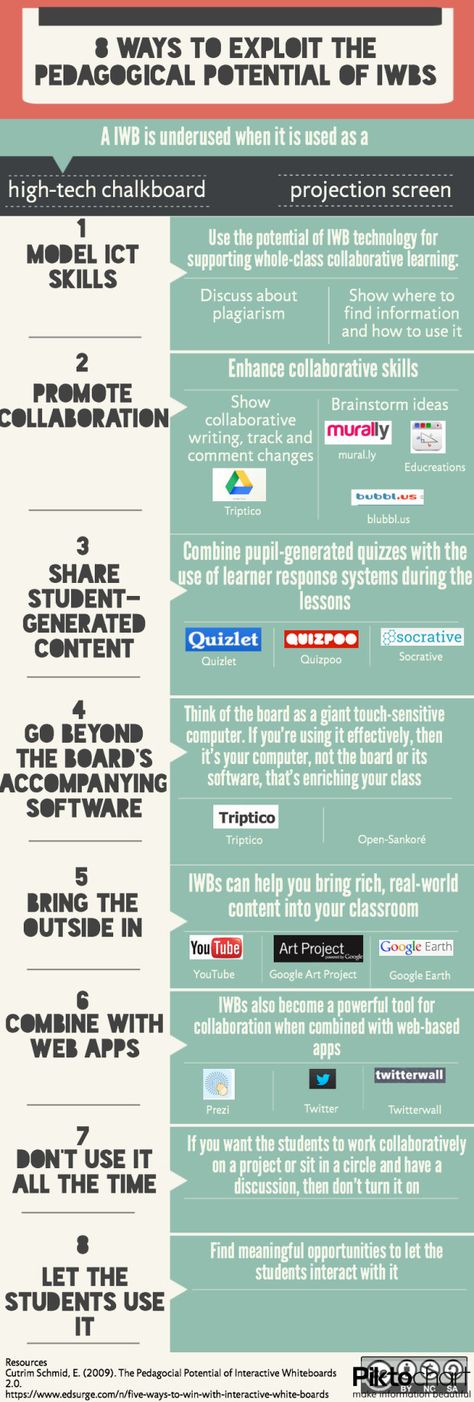 “People’s goals for learning another language can vary from something serious, like they need to move and function in another society, to the other extreme, of downloading a phone app and learning a new language just for fun,” says Dr. Julio Torres, assistant professor of applied linguistics at University of California, Irvine, who explains that pedagogical methods differ based on learning goals. Another thing to keep in mind are your “internal factors,” like learning style and interests, because “we tend to emotionally respond to something when it’s meaningful to us personally,” says Dr. Laura Baecher of TESOL (Teaching English to Speakers of Other Languages) at Hunter College’s School of Education.
“People’s goals for learning another language can vary from something serious, like they need to move and function in another society, to the other extreme, of downloading a phone app and learning a new language just for fun,” says Dr. Julio Torres, assistant professor of applied linguistics at University of California, Irvine, who explains that pedagogical methods differ based on learning goals. Another thing to keep in mind are your “internal factors,” like learning style and interests, because “we tend to emotionally respond to something when it’s meaningful to us personally,” says Dr. Laura Baecher of TESOL (Teaching English to Speakers of Other Languages) at Hunter College’s School of Education.
With everything from yoga classes to lectures currently taking place online (often for free), this is a unique moment to learn another language with the help of technology. “Language learning has always happened outside the framework of official learning online, but now you can easily find Zoom calls in other languages to participate in,” says Dr. Sandy Fox, postdoctoral research fellow at Stanford University and founder and producer of Vaybertaytsh: A Feminist Podcast in Yiddish. “It’s a very special time for practicing language.”
“Language learning has always happened outside the framework of official learning online, but now you can easily find Zoom calls in other languages to participate in,” says Dr. Sandy Fox, postdoctoral research fellow at Stanford University and founder and producer of Vaybertaytsh: A Feminist Podcast in Yiddish. “It’s a very special time for practicing language.”
So, whether you want to converse with your neighbor, or need to practice grammar for a distance-learning exam, we spoke with six language experts — including a director at the Middlebury Language Schools and a polyglot — to find the best programs and resources for your at-home language learning.
Pimsleur
From $15
All of the experts we spoke to say that traditional online learning programs are the most effective tool for beginning language learners to acquire and practice some vocabulary and grammar. Unlike “pop language apps” like Duolingo, these are often more rigorously researched, combine different learning techniques, and usually cost a good amount of money. Among the different programs on the market, Pimsleur was highly recommended for its conversational methodology by two experts, Fox, and Vincent Perez, a French teacher at the indie travel bookstore Idlewild Books. Whereas other programs can be too repetitive and introduce words nonsensically, Perez says Pimsleur has “a lot of listening, repeating, and practicing conversations with prerecorded clips,” which helps people learn in a conversational context. Fox was introduced to Pimsleur by some of her linguistic-minded and polyglot peers, and says it is “more rigorous” than other programs. In general, she notes that language-learning programs provide a particularly good “baseline” for those learning a new language within a language family that they already know. You can learn over 50 different languages with Pimsleur, but the program’s six most popular languages are priced from $14.
Unlike “pop language apps” like Duolingo, these are often more rigorously researched, combine different learning techniques, and usually cost a good amount of money. Among the different programs on the market, Pimsleur was highly recommended for its conversational methodology by two experts, Fox, and Vincent Perez, a French teacher at the indie travel bookstore Idlewild Books. Whereas other programs can be too repetitive and introduce words nonsensically, Perez says Pimsleur has “a lot of listening, repeating, and practicing conversations with prerecorded clips,” which helps people learn in a conversational context. Fox was introduced to Pimsleur by some of her linguistic-minded and polyglot peers, and says it is “more rigorous” than other programs. In general, she notes that language-learning programs provide a particularly good “baseline” for those learning a new language within a language family that they already know. You can learn over 50 different languages with Pimsleur, but the program’s six most popular languages are priced from $14.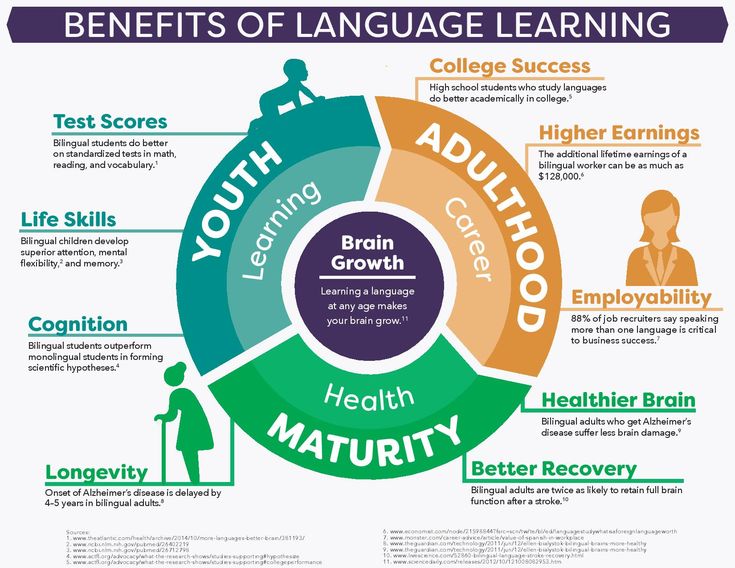 95 a month.
95 a month.
Rosetta Stone
From $12
Rosetta Stone, the language-learning software that was peddled out of mall kiosks in the ’90s, is still one of the most expert-approved programs out there. (Don’t worry — the yellow boxes of CDs are long gone.) Baecher says today’s version of Rosetta Stone is different from many popular language apps because it combines learning methodologies, like practicing vocabulary and listening to audio from native speakers, instead of solely depending on game-like reward techniques. When it comes to learning a language with its own writing system, Sahie Kang, who formerly worked at the Defense Language Institute Foreign Language Center and is the inaugural director of the Middlebury Language School of Korean, says she first encourages students to get familiar with the characters’ sounds. “Rosetta Stone has a speech recognition tool that compares your speech and native speakers’ with a word or longer sentences, so you can correct your pronunciation or accent from the beginning” she explains, adding that it’s “not the end of the learning of any language, it is just a starting point.” It’s also worth noting that while Rosetta is a bit less expensive than Pimsleur, it offers about half as many languages and has less of a focus on conversation.
“Rosetta Stone has a speech recognition tool that compares your speech and native speakers’ with a word or longer sentences, so you can correct your pronunciation or accent from the beginning” she explains, adding that it’s “not the end of the learning of any language, it is just a starting point.” It’s also worth noting that while Rosetta is a bit less expensive than Pimsleur, it offers about half as many languages and has less of a focus on conversation.
Talk To Me In Korean
$10
$10
A couple of experts suggest looking for monolingual language-learning resources, which are more tailored for the language you’re learning. Kang stresses the importance of learning from native speakers, and points to Talk To Me In Korean as an example of a basic language-learning program started by Korean speakers.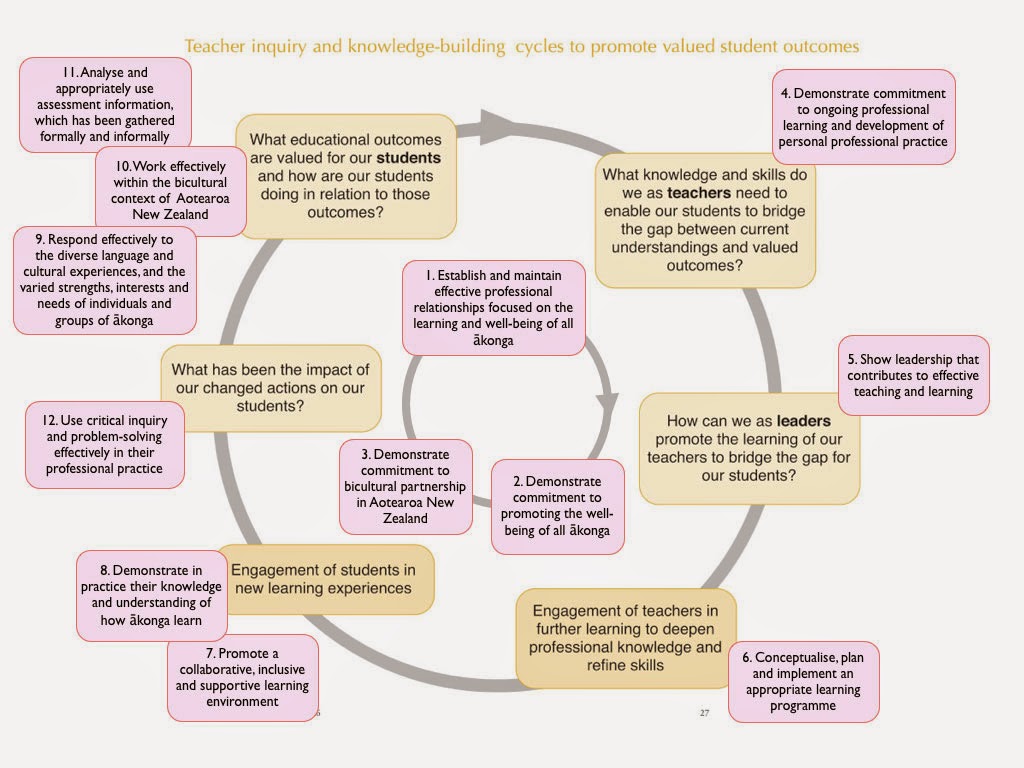 “In every language there is a typical greeting exchange between people, so this site offers an introduction to simple, basic exchanges that you can memorize, which is a good way to give students basic language exercises,” she says. Talk To Me In Korean has some free courses, but requires a monthly or yearly subscription for more comprehensive resources.
“In every language there is a typical greeting exchange between people, so this site offers an introduction to simple, basic exchanges that you can memorize, which is a good way to give students basic language exercises,” she says. Talk To Me In Korean has some free courses, but requires a monthly or yearly subscription for more comprehensive resources.
$10 at Amazon
Buy
From $13 at Talk To Me In Korean
Buy
Duolingo Plus
From $7
From $7
Our experts didn’t totally write off pop language-learning programs like Duolingo (which is free, but includes a premium subscription). Many suggest that you use the app as a starting point with a combination of different methods, especially since it primarily depends on translation and game-like learning techniques.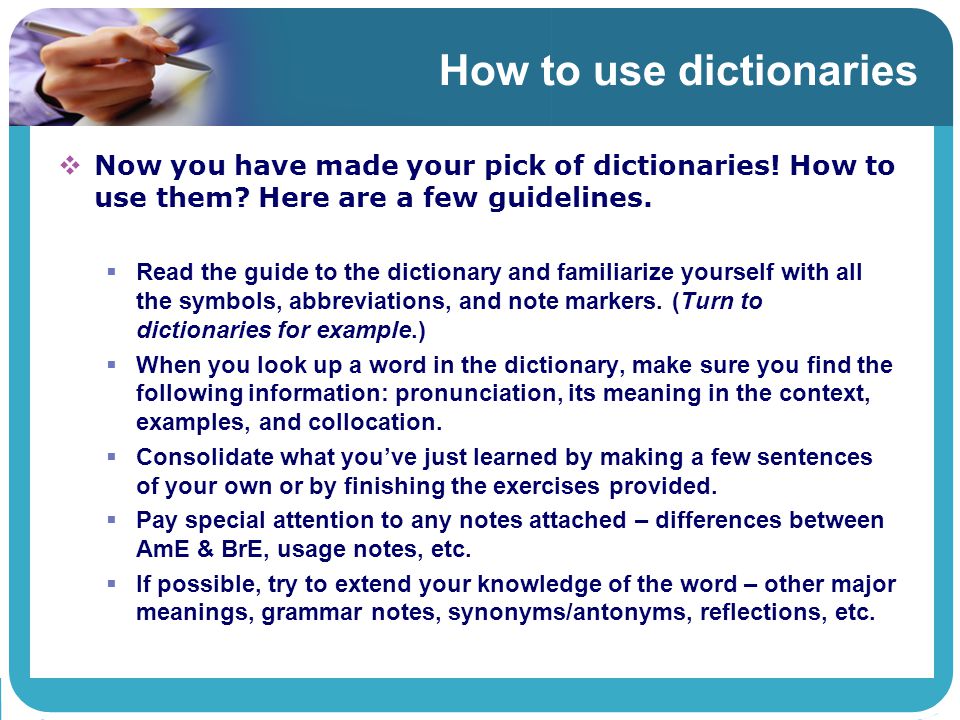 “Duolingo is great for learning some idiomatic expressions and introducing vocabulary, because there’s a lot of practice and repetition, but it’s not going to give you the pragmatics,” Baecher says, meaning you won’t learn where to use different words in context. Similarly, Torres says apps are one way to learn vocabulary, but since language is learned in conversation by “authentic exchanges where you’re producing meaningful messages,” the apps lack sufficient language context. “Something is better than nothing, so looking at an app and learning words is a place to start, but depending on your goal, you will need to seek more interaction opportunities,” he explains.
“Duolingo is great for learning some idiomatic expressions and introducing vocabulary, because there’s a lot of practice and repetition, but it’s not going to give you the pragmatics,” Baecher says, meaning you won’t learn where to use different words in context. Similarly, Torres says apps are one way to learn vocabulary, but since language is learned in conversation by “authentic exchanges where you’re producing meaningful messages,” the apps lack sufficient language context. “Something is better than nothing, so looking at an app and learning words is a place to start, but depending on your goal, you will need to seek more interaction opportunities,” he explains.
From $7 at Duolingo
Buy
Babbel
From $9 for 3
Baecher also notes that Duolingo is vastly more popular than other apps because it has a gradual learning curve “so people feel a lot of success.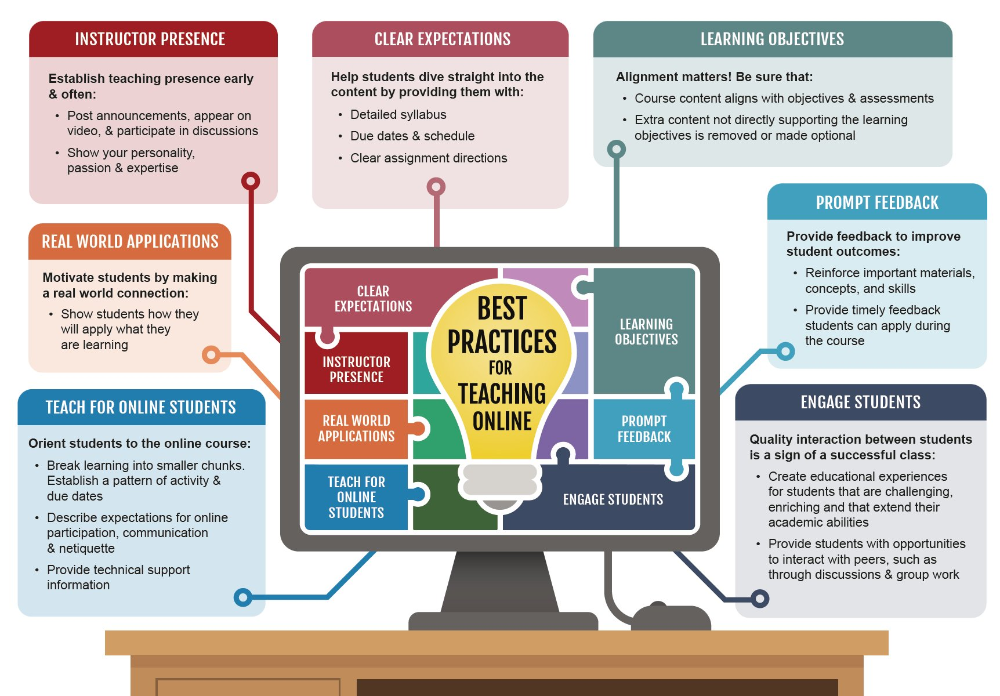 ” There’s a steeper learning curve with Babbel, so people often stop earlier, but “those who stay with the app actually acquire more language, because it demands more,” explains Baecher. You can try the first lesson in each of Babbel’s 14 languages for free, and afterward there’s a monthly subscription cost, starting at $12.95 for one month or $8.95 for three months.
” There’s a steeper learning curve with Babbel, so people often stop earlier, but “those who stay with the app actually acquire more language, because it demands more,” explains Baecher. You can try the first lesson in each of Babbel’s 14 languages for free, and afterward there’s a monthly subscription cost, starting at $12.95 for one month or $8.95 for three months.
Italki
From $6
From $6
From $6 at Italki
Buy
Idlewild 7-Week Language Course
$295
$295
$295 at Idlewild
Buy
Even in the beginning of language learning, all of our experts recommend practicing language skills through conversation.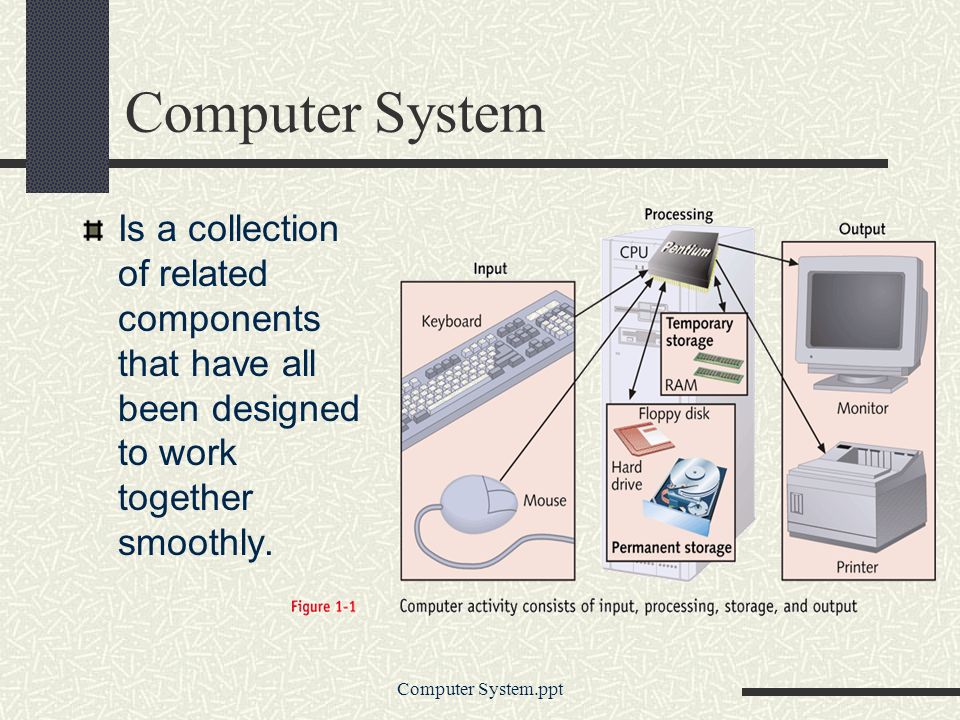 “Deep learning opportunities emerge when language learning occurs through conversation because of feedback,” says Torres. “If the learner cannot express something, then the more proficient interlocutor can provide feedback in the moment, and correct or help the learner figure out what they want to say.” Baecher agrees that feedback to error is essential, especially in the beginning of language learning, because it helps prevent fossilization, where “we persist in using an inaccurate or incorrect form, so much that it becomes part of our language, and it’s very hard to unlearn it.”
“Deep learning opportunities emerge when language learning occurs through conversation because of feedback,” says Torres. “If the learner cannot express something, then the more proficient interlocutor can provide feedback in the moment, and correct or help the learner figure out what they want to say.” Baecher agrees that feedback to error is essential, especially in the beginning of language learning, because it helps prevent fossilization, where “we persist in using an inaccurate or incorrect form, so much that it becomes part of our language, and it’s very hard to unlearn it.”
One way to practice conversational language is with a teacher. Yankl-Peretz Blum, project manager at YiddishPOP and a polyglot who has studied over 20 languages, says that right now he’s learning Palestinian Arabic with a private teacher on the website italki.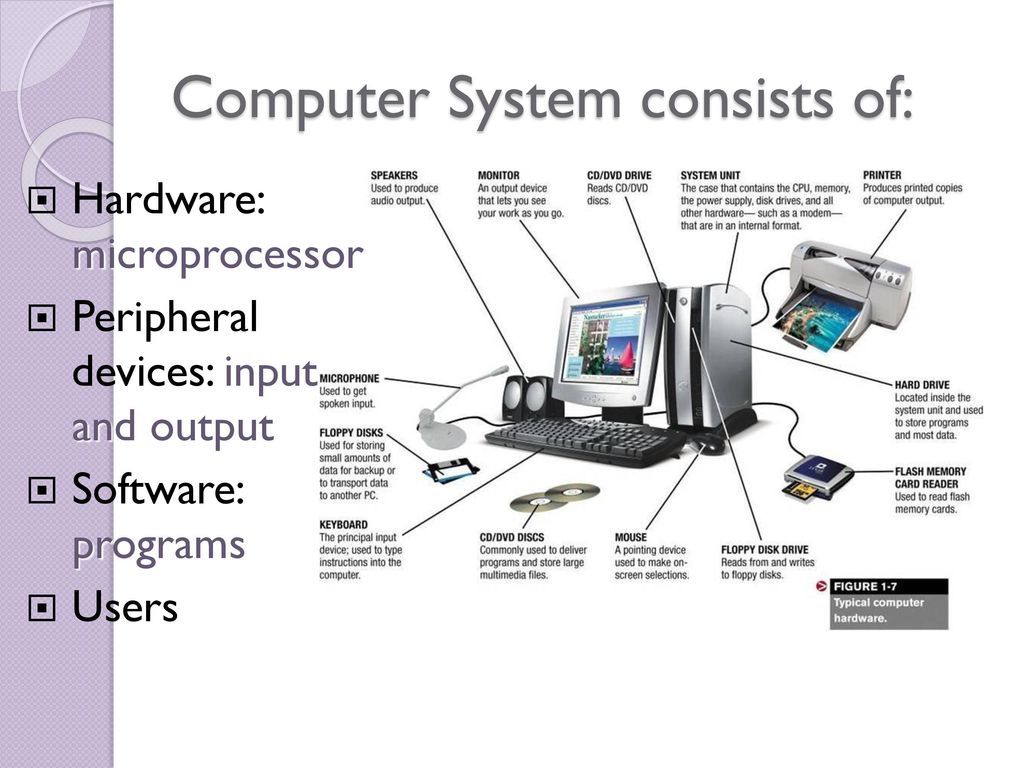 “We just shmooze, the teacher rarely talks to us about language, and instead we just talk about things, like our lives or a TV show, in the language,” he explains. When finding a teacher, Blum stresses the importance of finding someone who is capable of speaking on your level, and on italki you can watch introductory videos and have a sample lesson with teachers before committing. Plus, he says that the prices will seem inexpensive by American standards (ranging from $6 to $25 for an hour lesson) because many teachers are working abroad. There are also a bunch of group classes (many of which have shifted online during quarantine), like the seven-week courses that Perez teaches at Idlewild. “At our classes, it’s okay to make mistakes, it’s okay to struggle, and by emphasizing that during class, we end up having people feel more comfortable,” he says.
“We just shmooze, the teacher rarely talks to us about language, and instead we just talk about things, like our lives or a TV show, in the language,” he explains. When finding a teacher, Blum stresses the importance of finding someone who is capable of speaking on your level, and on italki you can watch introductory videos and have a sample lesson with teachers before committing. Plus, he says that the prices will seem inexpensive by American standards (ranging from $6 to $25 for an hour lesson) because many teachers are working abroad. There are also a bunch of group classes (many of which have shifted online during quarantine), like the seven-week courses that Perez teaches at Idlewild. “At our classes, it’s okay to make mistakes, it’s okay to struggle, and by emphasizing that during class, we end up having people feel more comfortable,” he says.
Dialup
$1
$1
When it comes to conversing through language exchange, Hello Talk, Talk Abroad, languageexchange.com, and Dialup — including their of-the-moment Quarantine Chat service — were all recommended by our experts. “A language exchange gives you the opportunity to practice that skill with a person on the other end who is expecting you to sound a little bit like an idiot, and that’s okay because they’re also going to sound a little bit like an idiot when they speak your language,” says Fox, who believes conversational practice is the most important part of language learning, and recommends Dialup. In order to make the most of a language exchange, especially if you’re both beginners, Baecher suggests that partners decide on something to read ahead of time, and then try to talk about it together. “Having that one-on-one conversation vastly increases your amount of language production, because you’re going to be forced to produce a lot more in order to converse,” she says.
Netflix Monthly Subscription
From $9
All of the experts we spoke to agree that watching movies or TV shows can be a fun method for language learning. Blum specifically recommends watching Netflix original content, because it is all dubbed and captioned for the 20-plus languages that Netflix supports, so you can “pick the same series and watch it in several different languages with original subtitles, instead of depending on translations,” he explains. Plus, Perez recommends the free Chrome extension, Language Learning with Netflix, which allows you to overlay subtitles in two languages and auto-pause at the end of sentences. “Even if you need to constantly pause and it seems tedious at first, you’ll gain momentum quickly, especially when you’re interested in what you’re watching,” he says.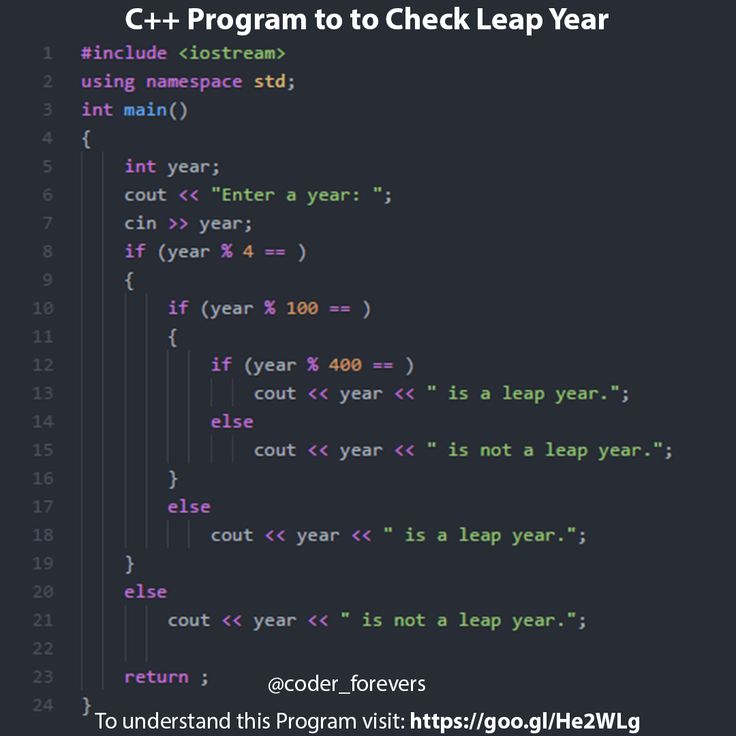
From $9 at Netflix
Buy
BrainPop
$220
Another online tool for language learning is BrainPop, an educational website with more than 1,000 short animated movies in English (including BrainPop Jr. for younger learners), Spanish, French, Hebrew, and Yiddish. Although BrainPop is designed to teach students K–12 about classroom topics and isn’t solely a language-learning resource, Baecher says it’s a good tool for language learning because “it has lots of short videos with a reduced vocabulary load and simple grammatical structures.” Typically, a BrainPop subscription costs $220 a year, but during the coronavirus pandemic, the company has made their resources available free of charge for schools, teachers, and students.
$220 at BrainPop
Buy
Señor Jordan Worksheets
From $3
From $3
Since some people are more visual or auditory learners, another way to learn grammar and vocabulary is through educational YouTube videos. While videos vary in quality, Torres recommends Señor Jordan for Spanish grammar explanation. “Since he’s a high-school teacher, he breaks things down very clearly for students, which is helpful if you’re having trouble understanding a particular structure,” he says. However, Torres cautions that “learning about how the language works is very different than using the language in conversation.” The Señor Jordan videos are free on YouTube, but you can support him by buying the accompanying worksheets online.
Japanese with Ease, Volume 1
From $100
“People are so excited about apps or things on your computer, but don’t be afraid of books,” says Fox, who has found textbooks to be beneficial for her learning.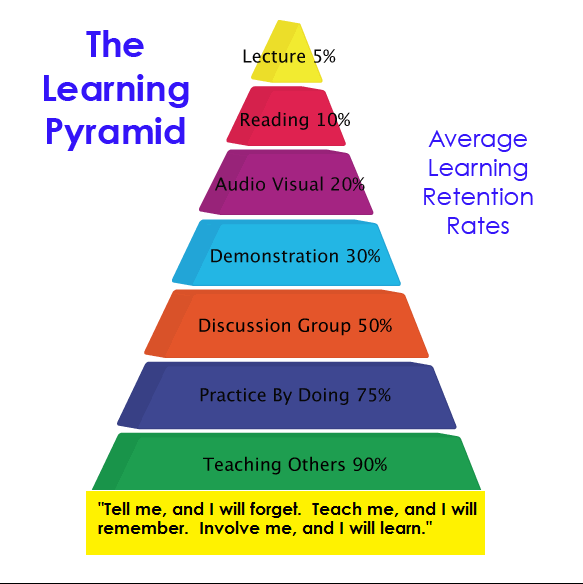 Blum specifically recommends a French textbook company called Assimil, which comes with hours of recorded dialogue and teaches grammar through conversations. “There are grammatical footnotes next to written dialogue sentences, which is more of a minor detail, so the main thing is looking at the language itself in context,” he explains. Blum has used the book to teach himself about ten different languages, and the company has English versions of their textbooks too.
Blum specifically recommends a French textbook company called Assimil, which comes with hours of recorded dialogue and teaches grammar through conversations. “There are grammatical footnotes next to written dialogue sentences, which is more of a minor detail, so the main thing is looking at the language itself in context,” he explains. Blum has used the book to teach himself about ten different languages, and the company has English versions of their textbooks too.
Le Petit Prince by Antoine De Saint-Exupéry
$10
$10
When you’re starting to read, Baecher recommends accessing texts at an easier Lexile level. “Reading something a little more challenging is going to expand you out of your basic set of vocabulary, which tends to repeat over and over in an app, and bring you into more natural language,” she explains.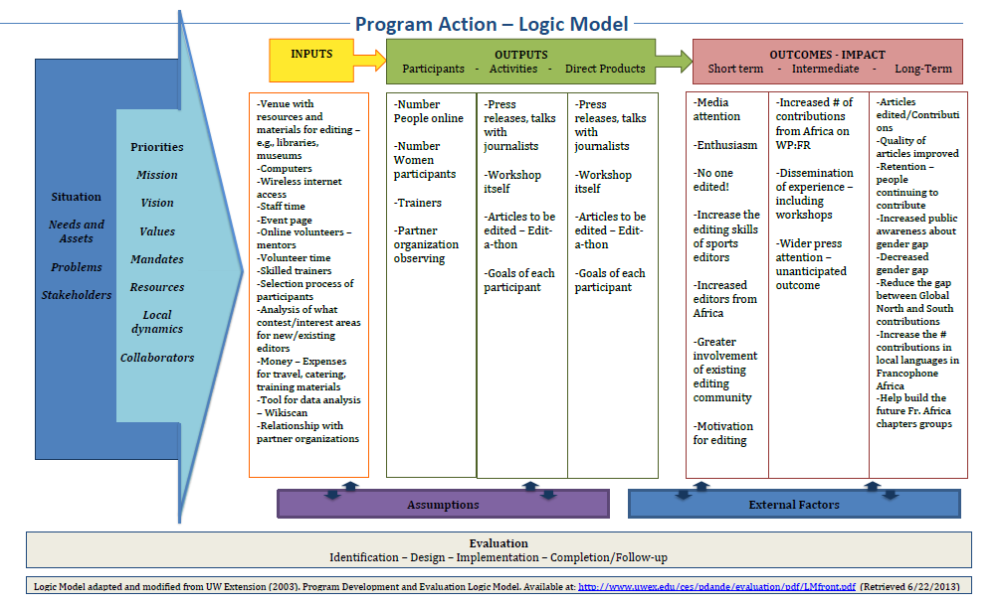 For English language learners, Baecher recommends the free website Newsela, which rewrites news stories in accessible language, but starting with classic kids books in another language also works, like reading Le Petit Prince in its original French imprint.
For English language learners, Baecher recommends the free website Newsela, which rewrites news stories in accessible language, but starting with classic kids books in another language also works, like reading Le Petit Prince in its original French imprint.
$10 at Target
Buy
$11 at Bookshop
Buy
Quizlet Plus
From $2
Despite the connotation of rote learning, all of the experts we spoke to agree that flashcards can be a part of vocabulary review. “For initial learning and recognition, Quizlet works,” says Baecher, of the free, user-generated flashcard site. “But it won’t be retained until it’s built into someone productively using it,” she adds, suggesting that students also review words by writing short sentences. Quizlet allows students to review flashcards through more interactive games, which is why Perez uses the site with his classes. Whenever possible, Torres encourages students to make flashcards with images — which is available on Quizlet Plus for $1.99 a month — because going from one language to another is translation. “The translation approach isn’t bad, but you want to ultimately be able to learn and encode the information in a different way, and retrieve it in a different way,” he explains.
Quizlet allows students to review flashcards through more interactive games, which is why Perez uses the site with his classes. Whenever possible, Torres encourages students to make flashcards with images — which is available on Quizlet Plus for $1.99 a month — because going from one language to another is translation. “The translation approach isn’t bad, but you want to ultimately be able to learn and encode the information in a different way, and retrieve it in a different way,” he explains.
From $2 at Quizlet
Buy
AnkiMobile Flashcards
$25
$25
When it comes to flashcards, Blum and Fox both vouch for the application Anki — which is free online and on the Android app store, but costs money for iPhones — calling it “very powerful” and “amazing,” respectively. Anki depends on the technique of spaced repetition, where you see newer and more difficult cards more frequently, and older and less difficult cards less frequently (which is also a feature of Quizlet Plus). “It’s an advanced tool and it took me years to figure out how to use it well, but it has a decent online community where you can troubleshoot,” says Blum, who’s been using the app for 15 minutes a day for over ten years. “When people miss a few weeks or months, they get discouraged, but I think even if you don’t stick with it for years like I have, it can be useful for practice.” Similarly, Fox loves Anki for the robust shared decks, and your ability to personalize and add images to cards.
Anki depends on the technique of spaced repetition, where you see newer and more difficult cards more frequently, and older and less difficult cards less frequently (which is also a feature of Quizlet Plus). “It’s an advanced tool and it took me years to figure out how to use it well, but it has a decent online community where you can troubleshoot,” says Blum, who’s been using the app for 15 minutes a day for over ten years. “When people miss a few weeks or months, they get discouraged, but I think even if you don’t stick with it for years like I have, it can be useful for practice.” Similarly, Fox loves Anki for the robust shared decks, and your ability to personalize and add images to cards.
get the strategist newsletter
Actually good deals, smart shopping advice, and exclusive discounts.
This site is protected by reCAPTCHA and the Google Privacy Policy and Terms of Service apply.
The Strategist is designed to surface the most useful, expert recommendations for things to buy across the vast e-commerce landscape. Some of our latest conquests include the best acne treatments, rolling luggage, pillows for side sleepers, natural anxiety remedies, and bath towels. We update links when possible, but note that deals can expire and all prices are subject to change.
How to Learn a New Language at Home, According to ExpertsEvery product is independently selected by (obsessive) editors. Things you buy through our links may earn us a commission.
Today's Top Clicked
Odele Dry Shampoo
Buy at Target
Levi's Ribcage Straight Ankle Jeans
$21
$21 $108 81% off
Buy at Levi's
Ilford XP2 Super Single-Use Camera With Flash
Buy at Amazon
Sherpa Original Deluxe Pet Carrier
From $34
Buy at Amazon
Laneige Lip Sleeping Mask
Buy at Amazon
Related Stories
recommended by experts
The Best Freezers, According to People Who Freeze a Lot of Things
recommended by experts
Everything You Need to Feel Okay Right Now, According to Therapists
recommended by experts
How to Prepare for a Coronavirus Quarantine, According to Experts
best in class
The 10 Very Best Face Masks for Kids
recommended by experts
The Face Masks Doctors, Dentists, and other Health-Care Workers Buy Themselves
recommended by experts
The Best Face Masks for Running Outside
one stop shop
Everything You Need to Keep Warm Outside This Winter
recommended by experts
The Best One-Player Games (That Aren’t Solitaire), According to Gamers
recommended by experts
How to Protest Safely During a Pandemic
recommended by experts
The Best Online Classes for Kids
More StoriesThe use of educational computer programs in distance English lessons
In recent years, new information technologies have been increasingly used in teaching.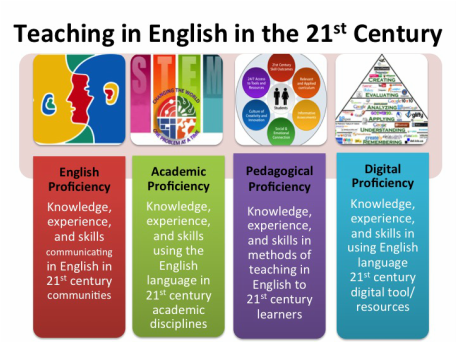 These are not only new technical means, but also new forms and methods of teaching, a new approach to the learning process. For productive teaching of children with disabilities in remote foreign language lessons, it is advisable to use educational computer programs or their elements. In distance learning for children with disabilities, the use of this technology is effective and interesting both for the teacher himself and for the student with disabilities. nine0003
These are not only new technical means, but also new forms and methods of teaching, a new approach to the learning process. For productive teaching of children with disabilities in remote foreign language lessons, it is advisable to use educational computer programs or their elements. In distance learning for children with disabilities, the use of this technology is effective and interesting both for the teacher himself and for the student with disabilities. nine0003
The main goal of teaching foreign languages is the formation and development of the communicative culture of schoolchildren, teaching the practical mastery of a foreign language. The task of the teacher is to activate the cognitive activity of the student in the process of teaching foreign languages. Modern pedagogical technologies such as collaborative learning, project methodology, the use of new information technologies, Internet resources help to implement a student-centered approach to learning, provide individualization and differentiation of learning, taking into account the abilities of children, their level of learning, inclinations, this is especially important when working with children with disabilities.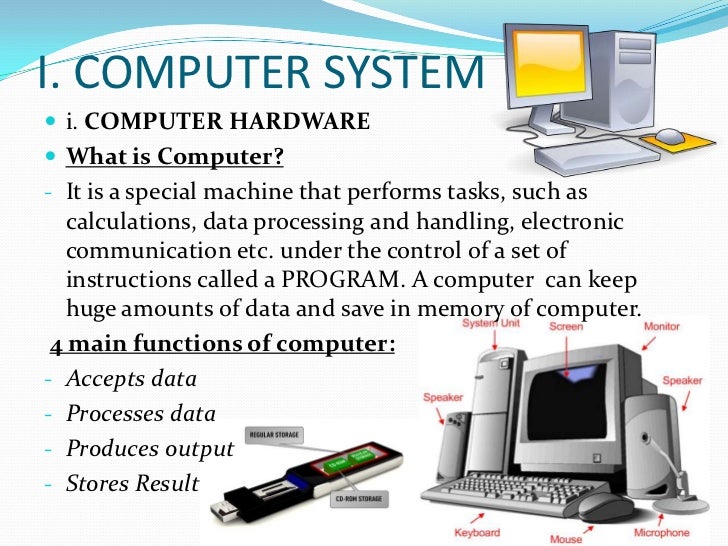 [8]. nine0003
[8]. nine0003
The content basis of the mass computerization of education, of course, is related to the fact that a modern computer is an effective means of optimizing the conditions of mental work in general, in any of its manifestations. R. Williams and K. Macley in their article “Computers in School” write: “There is one feature of a computer that is revealed when used as a device for teaching others, and as an assistant in acquiring knowledge, this is its inanimateness. The machine can "friendly" communicate with the user and at some point "support" him, but he will never show signs of irritability and will not let him feel that he has become bored. In this sense, the use of computers is perhaps most useful in individualizing certain aspects of teaching” [2]. nine0003
Forms of work with elements of computer programs at remote foreign language lessons include:
- study of vocabulary;
- practicing pronunciation;
- teaching dialogic and monologue speech;
- teaching writing;
- practicing grammatical phenomena.

At remote English lessons with the help of a computer, you can solve a number of didactic tasks: to form reading skills and abilities using materials from the global network; improve the writing skills of schoolchildren; replenish students' vocabulary; to form in schoolchildren a stable motivation for learning English [3]. nine0003
There are many computer programs that help the teacher and the student in mastering a foreign language in a distance lesson.
Computer-based learning programs have many advantages over traditional teaching methods in the construction and implementation of a distance lesson with children with disabilities. They allow you to train various types of speech activity and combine them in different combinations, help to understand language phenomena, form linguistic abilities, create communicative situations, automate language and speech actions, and also provide the implementation of an individual approach and the intensification of independent work of a student with disabilities [5]. nine0003
nine0003
A clear advantage of the exercises included in various educational computer programs is that, along with traditional exercises, you can place test tasks and questions on the topic here. Such assignments are ideal additions to regular training sessions, as they free the teacher from the routine functions of working out and consolidating the material, correcting mistakes, making it possible to repeat what has been learned and repeat training ("drills"). In addition, interactive exercises stimulate individual immersion in the educational material and the expansion of knowledge [2]. nine0003
Let's analyze some of them.
Learning vocabulary.
When introducing and practicing thematic vocabulary, such as “Shopping”, “Food”, “Clothes”, etc., you can use the computer programs “Triple play plus in English”, “English on holiday”, “English Gold" and others. The stages of working with computer programs are as follows: demonstration, consolidation, control.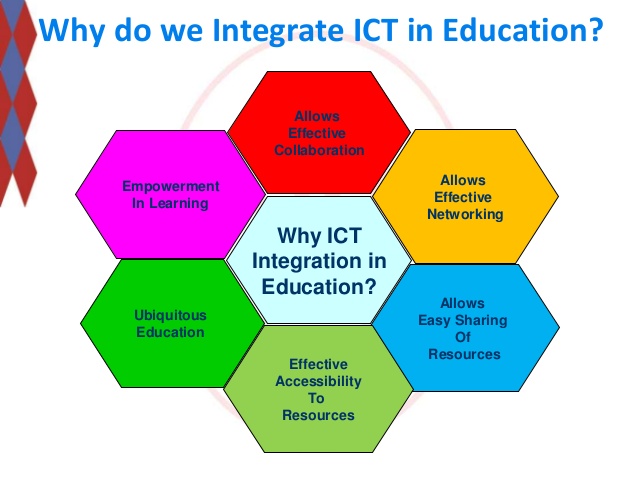
On the example of the computer program "English on holidays" let's consider these steps. nine0003
At the first stage - the introduction of vocabulary, for example, on the topic "Weather". Demo. The teacher selects the automatic mode: pictures appear on the screen depicting natural phenomena: snow-snow, downpour-shower, thunderstorm-thunderstorm, cloudy-humidity, frost-drizzle, clear-clear, sunny-sunny, cold-cold, cloudy-cloudy, grad-hail and others. (In this case, you can use the Team Viewer program to show the screen image to the student). Then the phrases follow:
· What a beautiful day! - What a wonderful day! nine0003
What an awful weather! - What terrible weather!
Is it usually as hot as this? - Is it always this hot in here?
What's the forecast for tomorrow? - What's the forecast for tomorrow?
It's windy! - Strong wind blows!
It's raining
The student is watching and listening. The teacher in the course of the lesson can control and increase the time for each element of the program.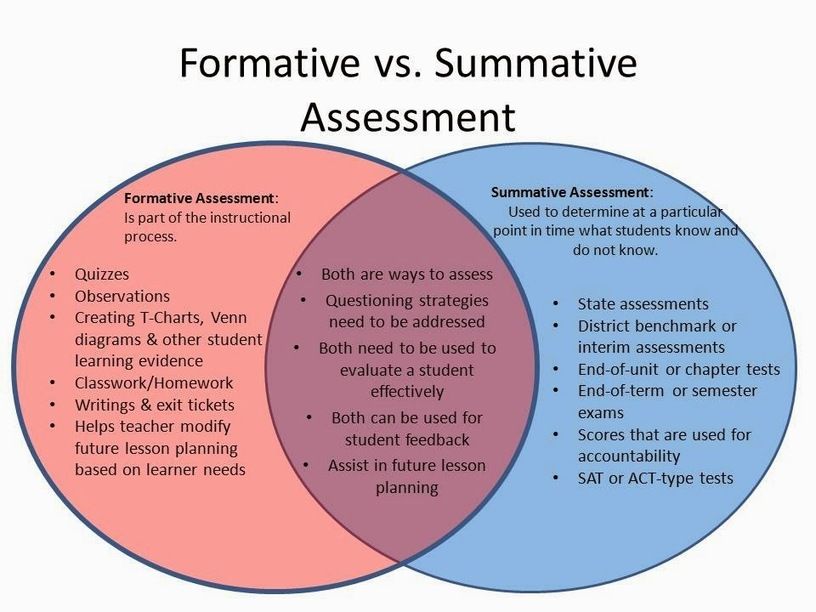
At the second stage, work is underway to practice pronunciation and consolidate vocabulary. The teacher switches the program from automatic mode to normal mode by clicking the mouse pointer on the desired word or phrase. The student repeats after the speaker or teacher. nine0057 At the third stage, the studied vocabulary is controlled.
The computer program "English on holidays" covers lexical material on the topic "City" and allows you to control the vocabulary in all sections of the topic at once.
Practicing pronunciation.
In order for a student with disabilities to have the opportunity to hear the foreign speech of a native speaker, you can use training programs with a microphone mode. After listening to a word or phrase, the student repeats after the speaker and a graphic image of the sound of the speaker and the student appears on the screen, when compared, all inaccuracies are visible. The student strives to achieve a graphic image of the spoken sound as close as possible to the sample [1].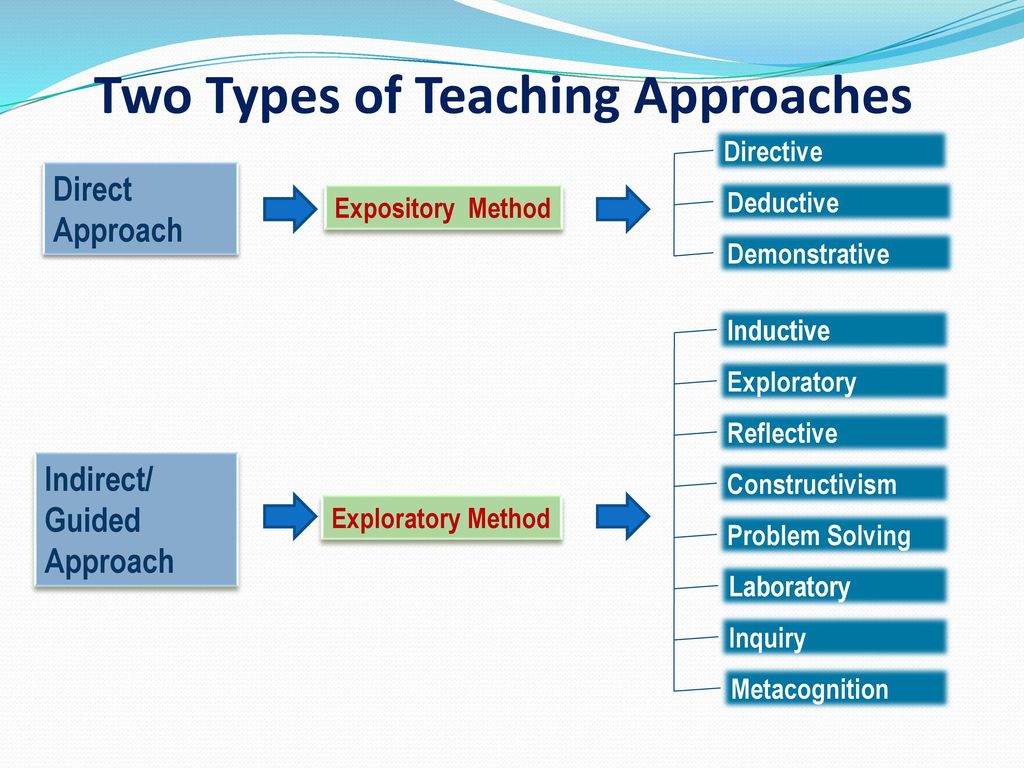 nine0003
nine0003
Dialogic speech training.
An example of working with the dialogues of the computer program "Triple play plus in English". Of the proposed 12 dialogues, one is selected, for example, "In a cafe." Several pictures-scenes of this dialogue appear on the screen.
Stage I - acquaintance with the dialogue.
Good morning!
Good morning!
What would you like?
I'd like some coffee, please.
Do you want milk in your coffee?
Yes, please.
Hey, this coffee is too cold.
I'm sorry.
Here is some hot coffee.
Thank you.
How is it now?
It's just right.
Would you like some more coffee?
No, thanks.
How much is it?
Ninety - five cents, please.
Thank you. Have a nice day.
Good bye.
Stage II - learning the dialogue.
Stage III - dramatization of the dialogue (the teacher acts as an interlocutor).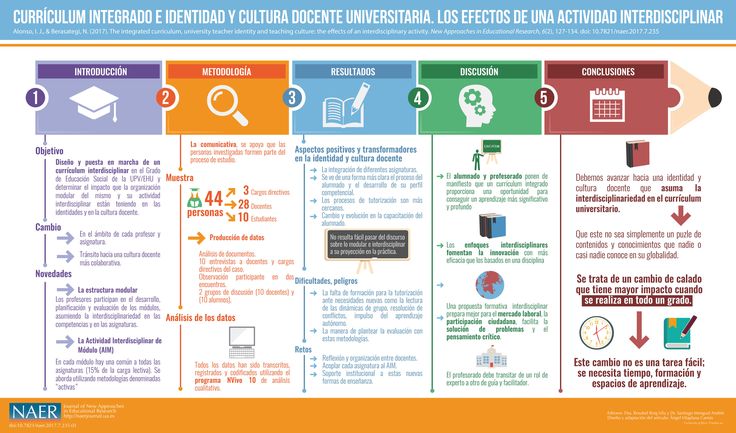
The student reproduces the dialogue first based on pictures, then dramatizes it independently (or with the help of a teacher).
Learning to write.
This type of work solves two problems at once: the correct spelling of English words and mastering the keyboard. If the capabilities of a child with disabilities allow for the full implementation of the written aspect of education, this program, "Bridge to English", helps to solve these problems. Almost every task involves typing English words and sentences on the keyboard. nine0003
Practicing grammar aspects.
All educational computer programs, one way or another, provide for the development of certain grammatical structures. There are 20 lessons in the Bridge to English program, and each lesson develops its own grammatical phenomena: affirmative, negative and interrogative sentences, degrees of comparison of adjectives, participle, passive voice, pronouns some, any, structures there is / there are, prepositions, etc.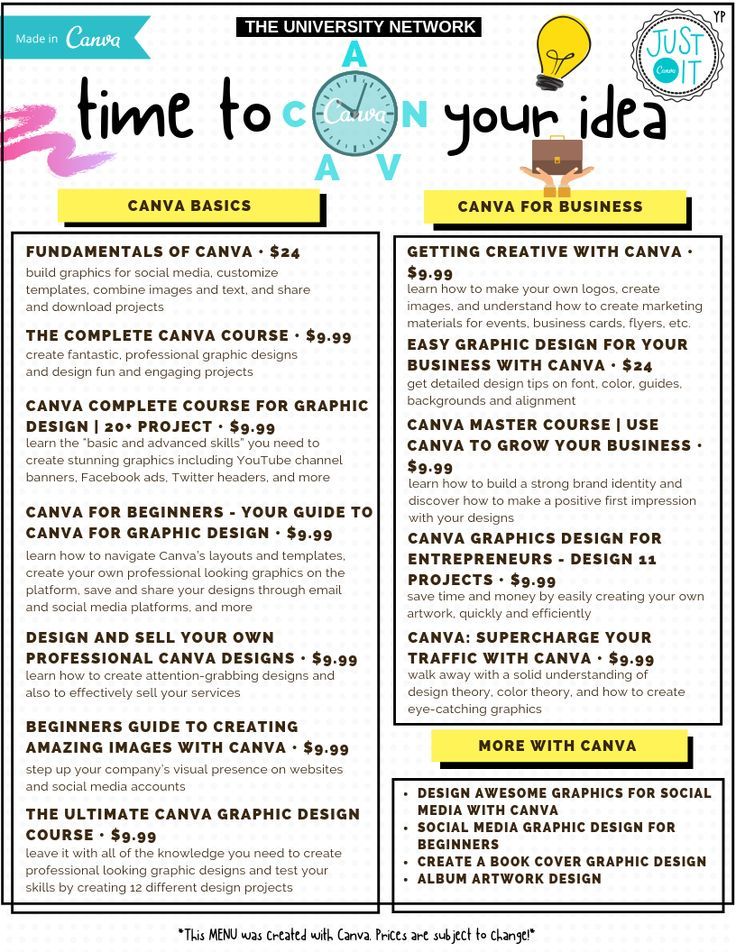 .d. All types of work of one lesson are aimed at working out a certain grammatical phenomenon. nine0003
.d. All types of work of one lesson are aimed at working out a certain grammatical phenomenon. nine0003
The Grammar section of Professor Higgins has two sections: theory and practice. Checking the knowledge of the student, the program notes his success, if necessary, prompts [3].
The English Gold program contains 144 micro-dialogues, each of which works out a certain grammatical structure: Present Continuous is used in many dialogues, for example, when parents talk about their children. After listening to the dialogue, the student reproduces it based on the picture, then independently or with the help of a teacher [9].
Compiling grammar tests using a computer helps a student with disabilities to better master the grammatical material. A student who is at a more advanced level of learning a foreign language.
Thanks to the use of new information technologies in the process of teaching a foreign language, new opportunities open up for creating conditions close to the conditions of real communication in the country of the language being studied: authentic, up-to-date, multimedia or textual information to be learned in a foreign language can be obtained at any time and anywhere.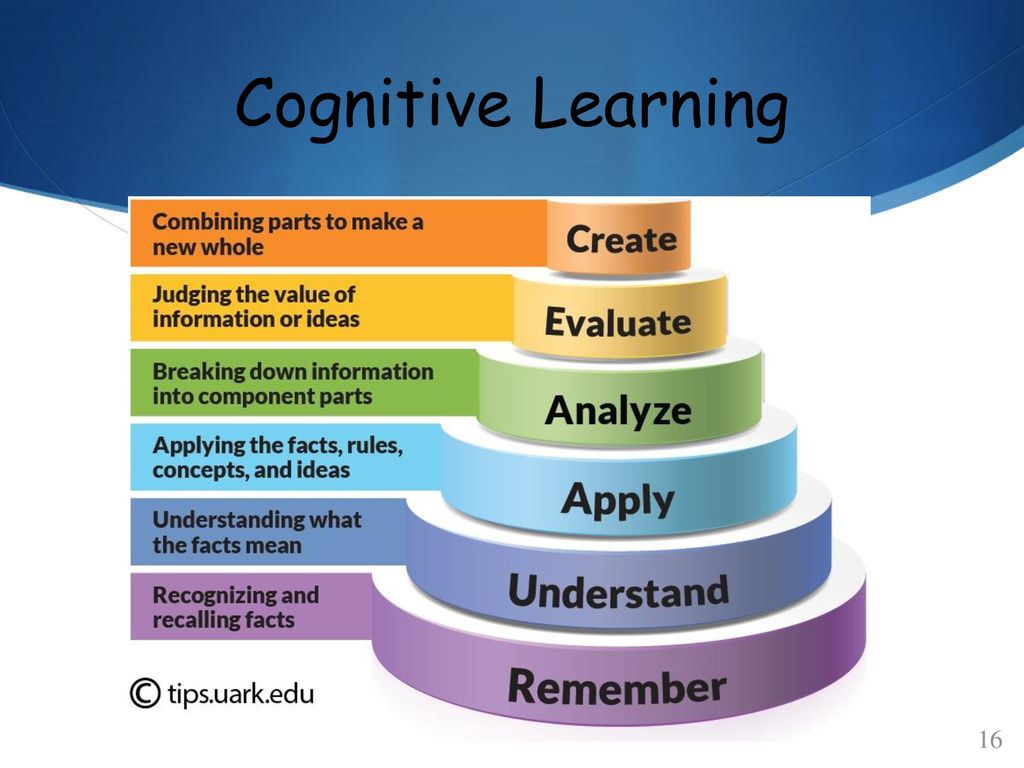 At the same time, it is quite easy to organize written or oral communication with native speakers or other learners of this language, but here it is necessary to take into account the condition and capabilities of a child with disabilities. nine0003
At the same time, it is quite easy to organize written or oral communication with native speakers or other learners of this language, but here it is necessary to take into account the condition and capabilities of a child with disabilities. nine0003
Thus, there is an integration of electronic media into a distance lesson in a foreign language: teaching aids are increasingly supplemented with relevant, authentic texts or relevant audio, video, graphic material.
Modern information technologies can open up new opportunities for communication and productive educational interaction in all forms of educational work.
Thus, modern technologies, such as Internet resources, create the conditions for bringing the content of education, the amount of knowledge, skills, and the rate of their assimilation closer to the personality of a student with disabilities, allow the implementation of a personality-differentiated approach in distance learning a foreign language language. In addition, they change some functions and the role of the subjects (student and teacher) of the educational process.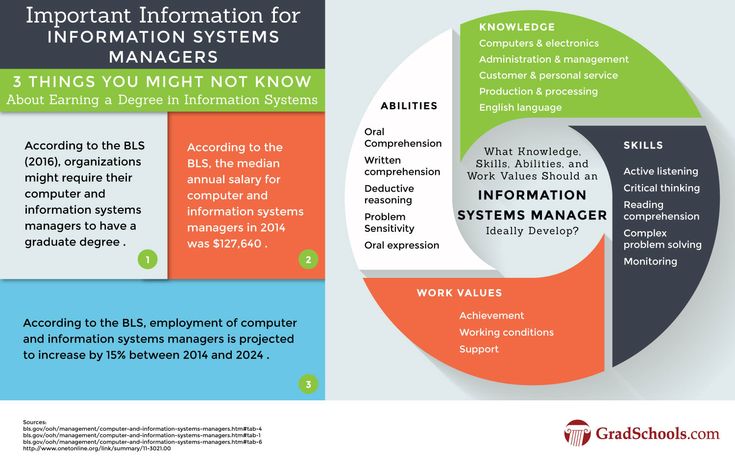 New information technologies and means of telecommunications when learning a foreign language are becoming a familiar tool in the hands of teachers, who, in turn, teach students with disabilities the technologies of the future. nine0003
New information technologies and means of telecommunications when learning a foreign language are becoming a familiar tool in the hands of teachers, who, in turn, teach students with disabilities the technologies of the future. nine0003
References
1. Altufieva A.A. Some main problems of creating a common language of communication on the Internet //http://linguact.hyperlink.ru/articles/altufjeva.html
2. Williams R., Macley K., "Computer at School" // New Literary Review. 2007. No. 86.
3. Vladimirova L.P. New information technologies in teaching foreign languages http://virtlab.ioso.ru/method.htm#
4. Eremin Yu.V. Methodological aspects of the use of computer technology in teaching a foreign language http://linguact.hyperlink.ru/articles/eremin.html
5. Winter I.A. Psychological aspects of teaching speaking in a foreign language. - M. Education, 1978.
6. Karamysheva T.V. The Internet as a means of teaching foreign language writing http://linguact. hyperlink.ru/articles/karamysheva.html
hyperlink.ru/articles/karamysheva.html
7. Kaspin I.V., Segal M.M. New technologies in teaching foreign languages http://linguact.hyperlink.ru/articles/kaspinandsegal.html
8. Maslyko E.A. Ways of formation of motivation for mastering a foreign language by students. nine0003
9. Novikov S.V. "Principles for the development of Internet textbooks". - M., OLMA Media Group, 2010.
The educational content of our training programs :: Instituto Feldenkrais
The main goal of the Feldenkrais Institute is, by bringing together some of the best trainers of the Method, to prepare highly qualified Feldenkrais practitioners who can confidently lead as group lessons awareness through movement (ATM) and individual sessions of functional integration (FI), while at the same time remaining thinking and able to discover new things. nine0003
The Feldenkrais Practitioner Professional Training Program provides students with an amazing and profound learning experience.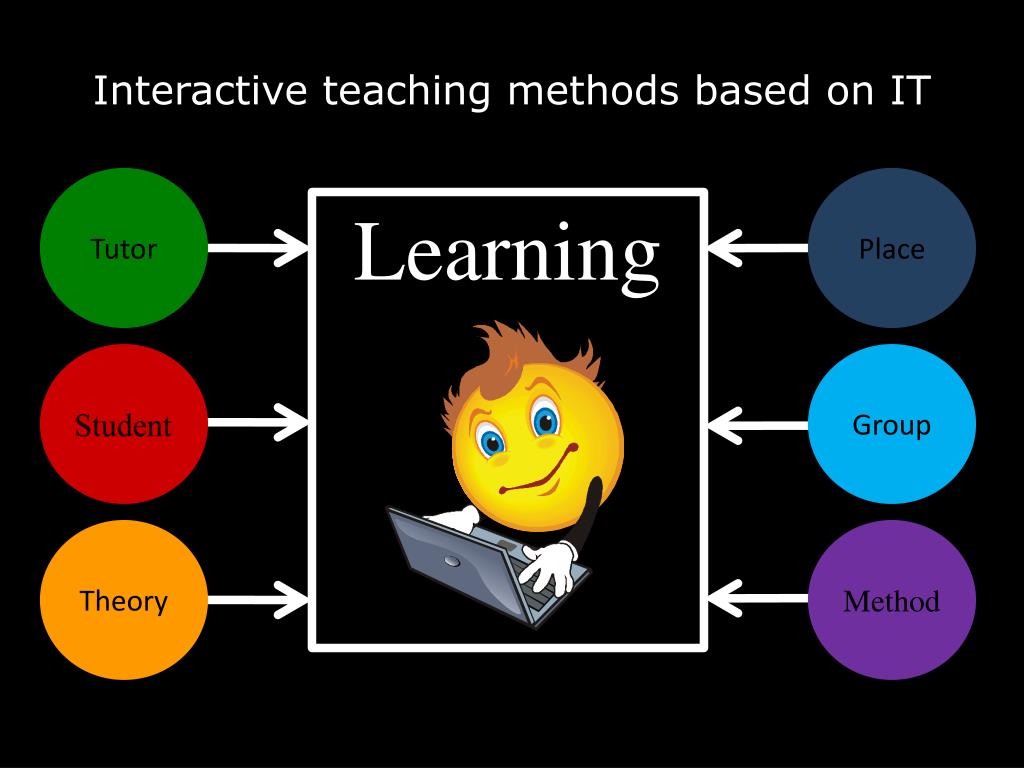 To assimilate what has been learned, periods of intense learning alternate with periods of rest. The training provides rich hands-on experience as well as group discussions, lectures and videos, helping you learn at your own pace in an open, non-competitive environment.
To assimilate what has been learned, periods of intense learning alternate with periods of rest. The training provides rich hands-on experience as well as group discussions, lectures and videos, helping you learn at your own pace in an open, non-competitive environment.
Our study programs are designed to support each student in their learning journey. Close communication with teachers allows students to receive individual support and recommendations. Working in small groups contributes to the development of valuable relationships between students and a sense of mutual support. It is in these groups that long-term professional and friendly ties often develop. nine0003
In vocational training, students go through a maturation process that includes the acquisition of knowledge, technical skills, increased self-awareness and self-confidence. Participants learn through movement, which enhances their ability to find solutions using both sensory and cognitive functions. You will feel younger, more flexible and in better shape. Through this new self-awareness, you will improve your ability to connect with others, helping you grow and support the learning of others. nine0003
Through this new self-awareness, you will improve your ability to connect with others, helping you grow and support the learning of others. nine0003
Curriculum
FIRST AND SECOND YEARS
In the first two years, the emphasis is on building a solid foundation for building awareness through movement.
Students gain an understanding of the Feldenkrais Method through direct practical experience, not abstract theory. You enter awareness through movement, reaching out to every muscle group, every joint of the body, recreating the organic learning process of early childhood. nine0003
Through group mindfulness through movement classes and individual functional integration sessions, students develop their own ability to perceive differences in how they feel, feel, and act, and through this open up new opportunities for change and growth, both individually and as part of a group.
In addition to intensive immersion in the process of increasing awareness through movement, you will gradually enter into the processes of observing, discussing and analyzing the structure of group exercises and the logic of building a sequence of exercises.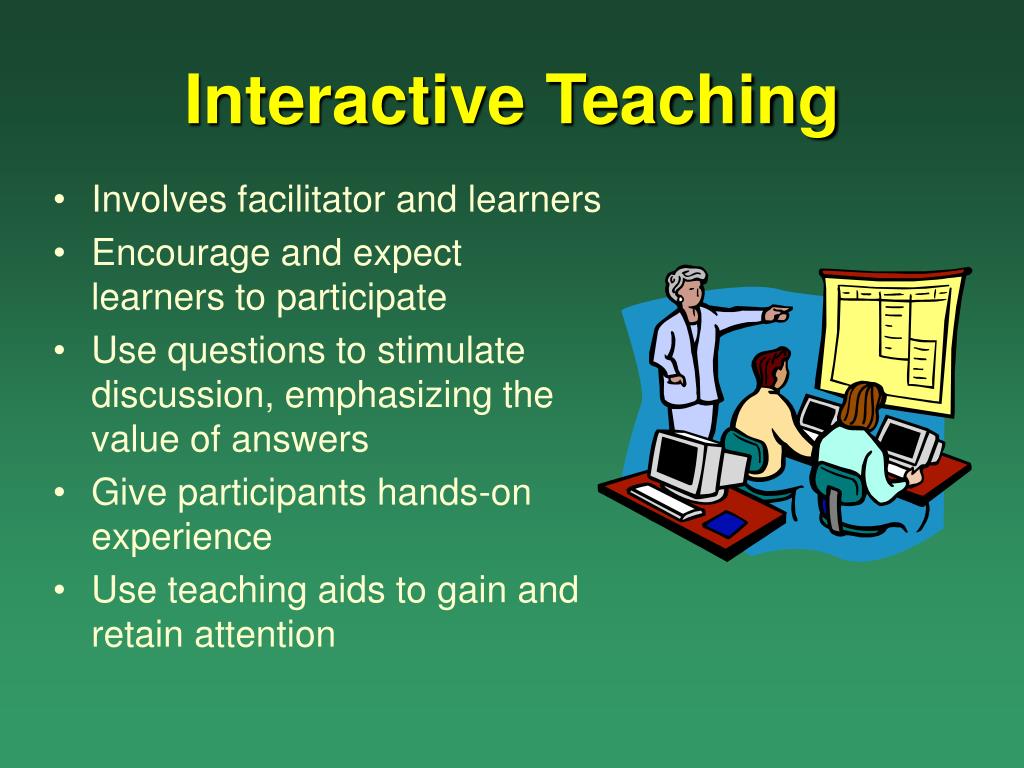 The opportunity to practice under the supervision of an experienced mentor will develop your verbal and nonverbal skills in teaching mindfulness through movement group lessons. By the end of the second year of study, most students receive a certificate giving them the right to conduct group lessons for the general public. nine0003
The opportunity to practice under the supervision of an experienced mentor will develop your verbal and nonverbal skills in teaching mindfulness through movement group lessons. By the end of the second year of study, most students receive a certificate giving them the right to conduct group lessons for the general public. nine0003
Students are gradually introduced to the bodywork skills needed to further master the tools needed for individual integration sessions. We will work on the ability to observe, feel and touch both with the skeleton and with training partners. Students develop awareness and self-organization while working on the floor or on the table, as well as a way of touching the body, which increases the sensitivity of both participants in the interaction.
A variety of teaching materials are used to build knowledge of the anatomy and function of the human body. nine0003
EXAMPLE TOPICS OF GROUP LESSONS OF MINDERSHIP THROUGH MOVEMENT IN YEARS 1 AND 2:
- First movements in life (sucking, eye movements)
- Use of flexors and extensors
- Using the eyes for orientation and direction
- Change from one position to another
- Importance of head and neck control for body tone and ease of movement
- Tonic reflexes of the eyes, head and neck
- Head-eye connection for ease and speed of movement
- Early movements, using existing restrictions to move body parts in space
- Differentiation as the basis of learning
- Pelvis as the center of body power
- Integration of hands with the center of the body
- Head and arm mobility
- Head-pelvis connection through developmental patterns and large movements
- Sound and voice
- Arm and leg integration
- Hip mobility
- Integrating mobility and control of arm movements into a larger movement involving the whole body
YEAR 3 AND FOUR
Students begin to actively work on developing the way of thinking and skills needed for individual client work (functional integration sessions).
By exploring the relationship between individual and group lessons and their common underlying dynamics, students develop skills such as the ability to think functionally and cover certain topics in both individual sessions and group lessons, create an individual session of functional integration and support the client's learning process. nine0003
By constantly developing skills in working with the body, students turn into practitioners. You will learn what a full functional integration session is, how to have an initial conversation and start a lesson, what is needed during the lesson, how to complete the lesson, how to generalize a function to a different position when working on a table, and how to finally start thinking about series lessons. Students learn to give a wide range of lessons and explore various functions in all possible positions: on a table, on a chair, with the help of rollers, in a standing position. We will learn how to connect motion sequences from functional integration sessions and get a feel for what additional information is required to integrate a particular function.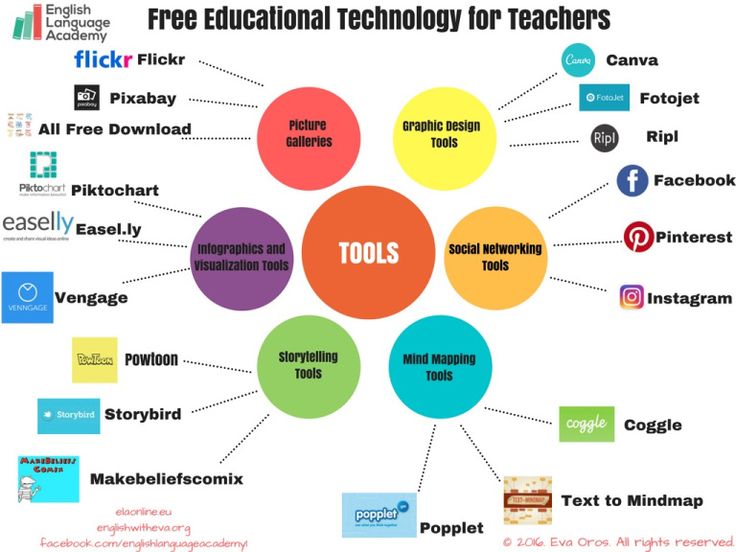 nine0003
nine0003
Complementing the one-to-one coaching are videos of functional integration lessons taught by Moshe Feldenkrais and demonstration lessons given to attendees of the training program.
EXAMPLE TOPICS OF INDIVIDUAL FUNCTIONAL INTEGRATION SESSIONS FOR YEARS 3 AND 4:
- Study of the relationship between group and individual lessons.
- Proportional force distribution
- Potential importance of starting individual work from the center of the body
- Only work in side position
- Seeking options instead of thinking in terms of "right" and "wrong"
- Use of an artificial floor to reorganize the foot and contact with the support
We also continue to develop students' confidence and mastery of group activities through these lessons followed by assistant feedback.
During our training program each student receives a minimum of 12 functional integration lessons as part of the training. We also strongly encourage all students to observe all functional integration sessions conducted by our instructors before or after class.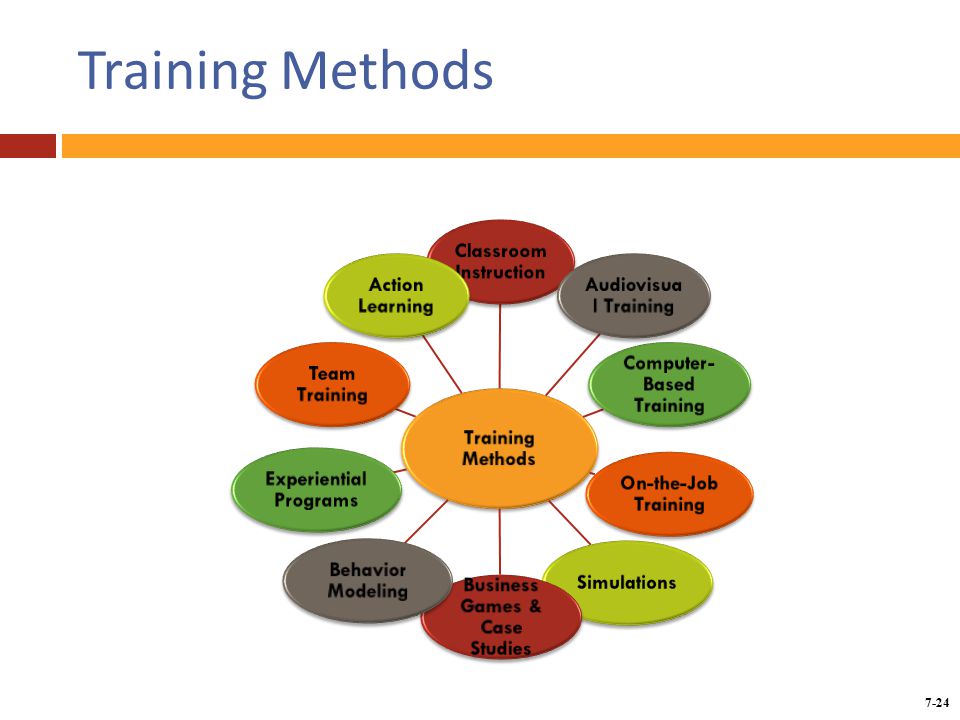 nine0003
nine0003
Each student must successfully complete an individual work practicum supervised by a mentor prior to graduation.
Complete set
All lectures, lessons, demonstrations and discussions are recorded on mp3 and made available to students. These recordings are invaluable for learning and extracurricular activities in between segments of the curriculum.
In order to introduce different points of view on the subject of study, guest lecturers will give lectures on various topics within the training program, for example, embryonic development, cognitive psychology and the functioning of the nervous system, etc. nine0003
Students are supported in learning the verbal skills necessary for a Feldenkrais practitioner, as well as professional communication skills with other practitioners and members of other professions and the public.
Throughout the curriculum, we will explore the different ways in which group and individual lessons can be applied to specific cases from different professional areas - arts, health, sports, interpersonal relationships and personal well-being.